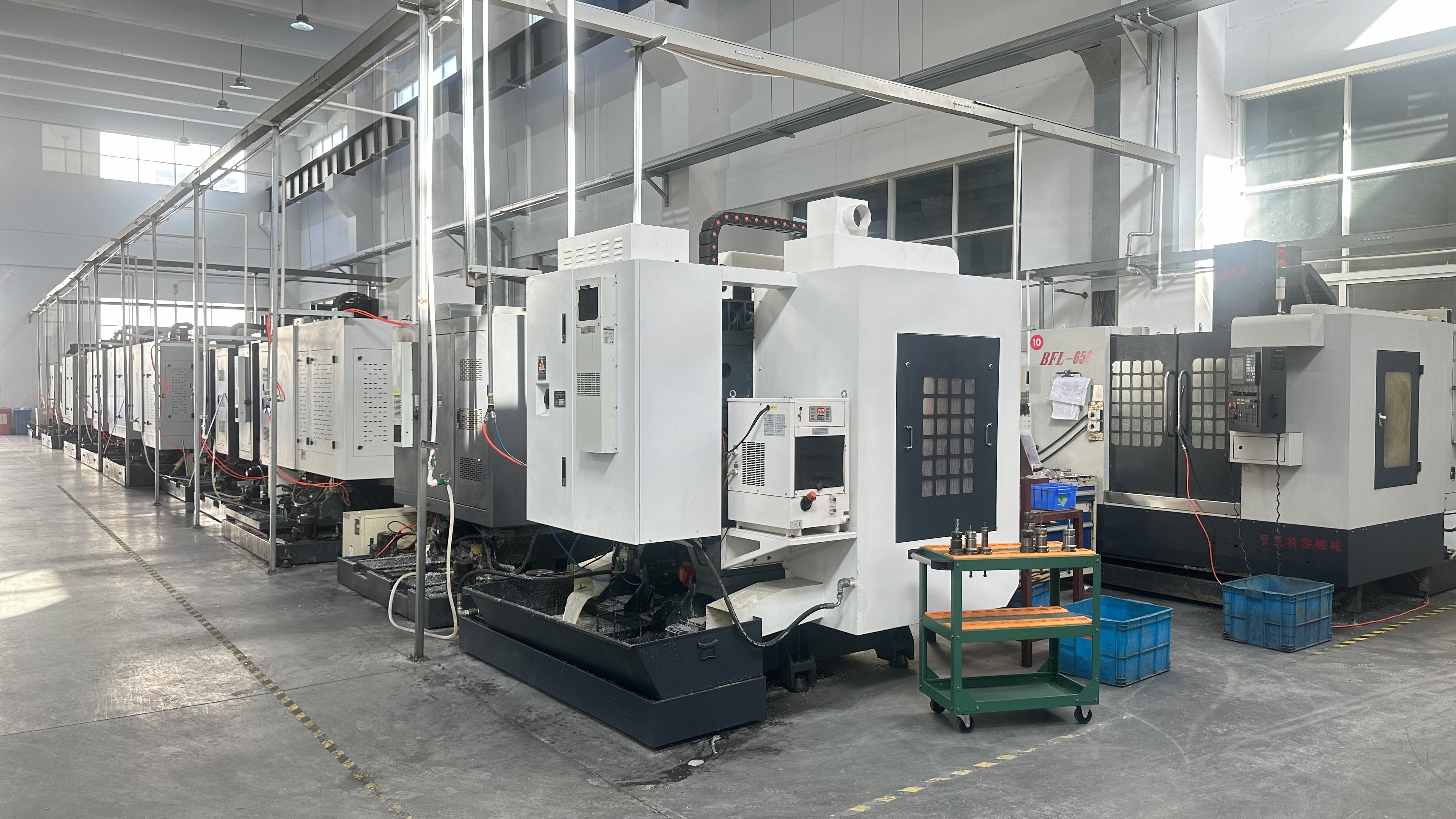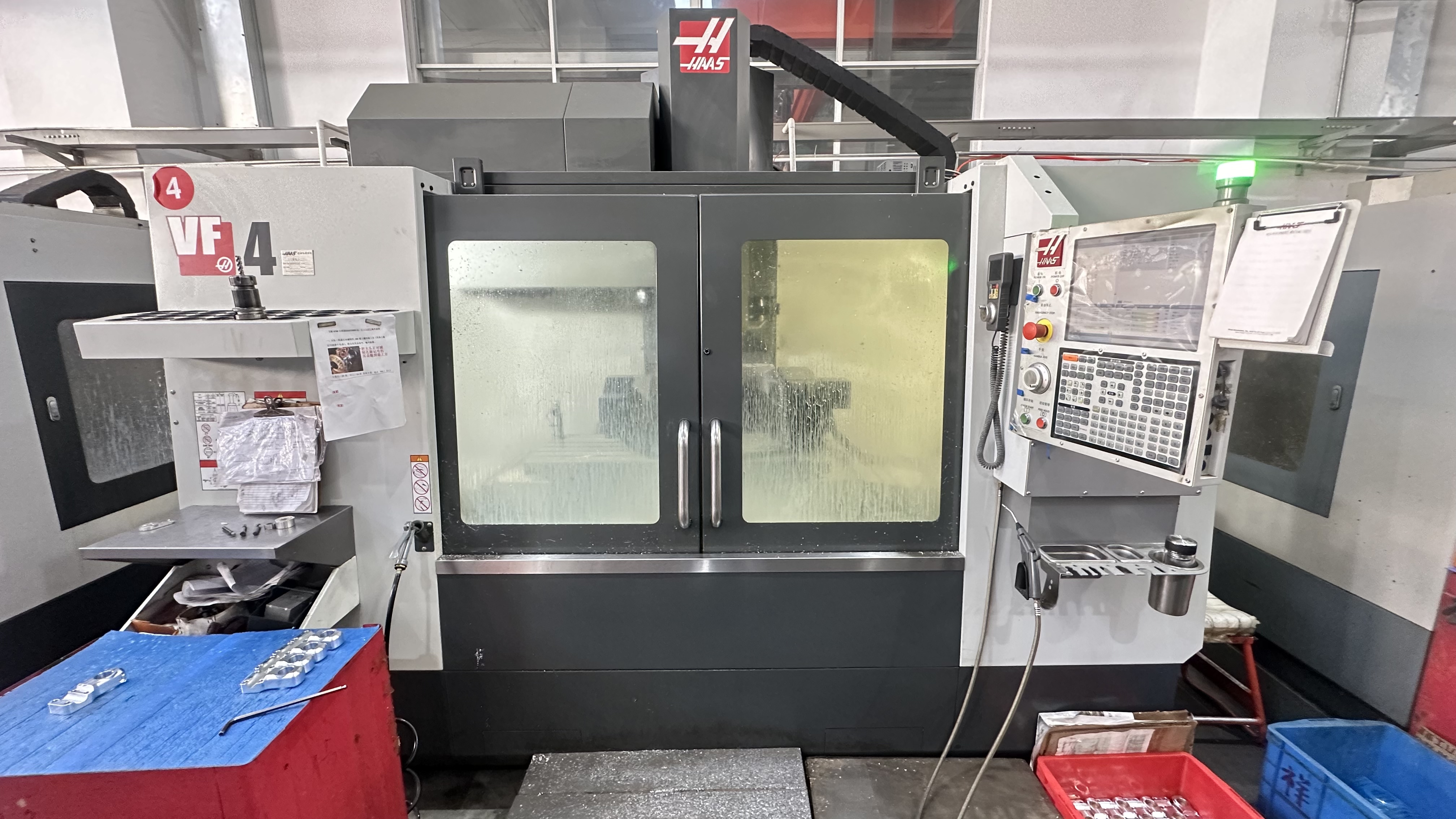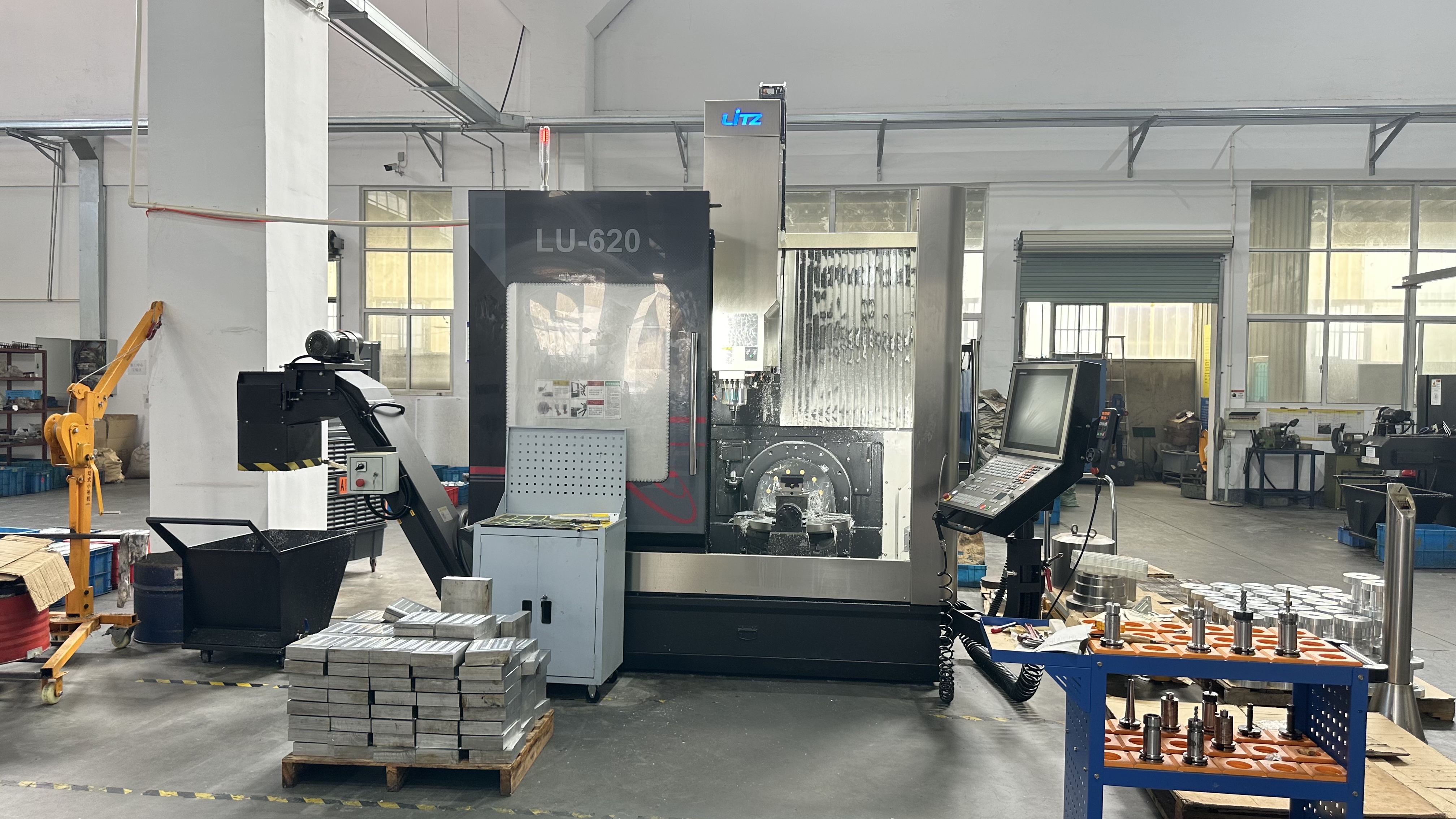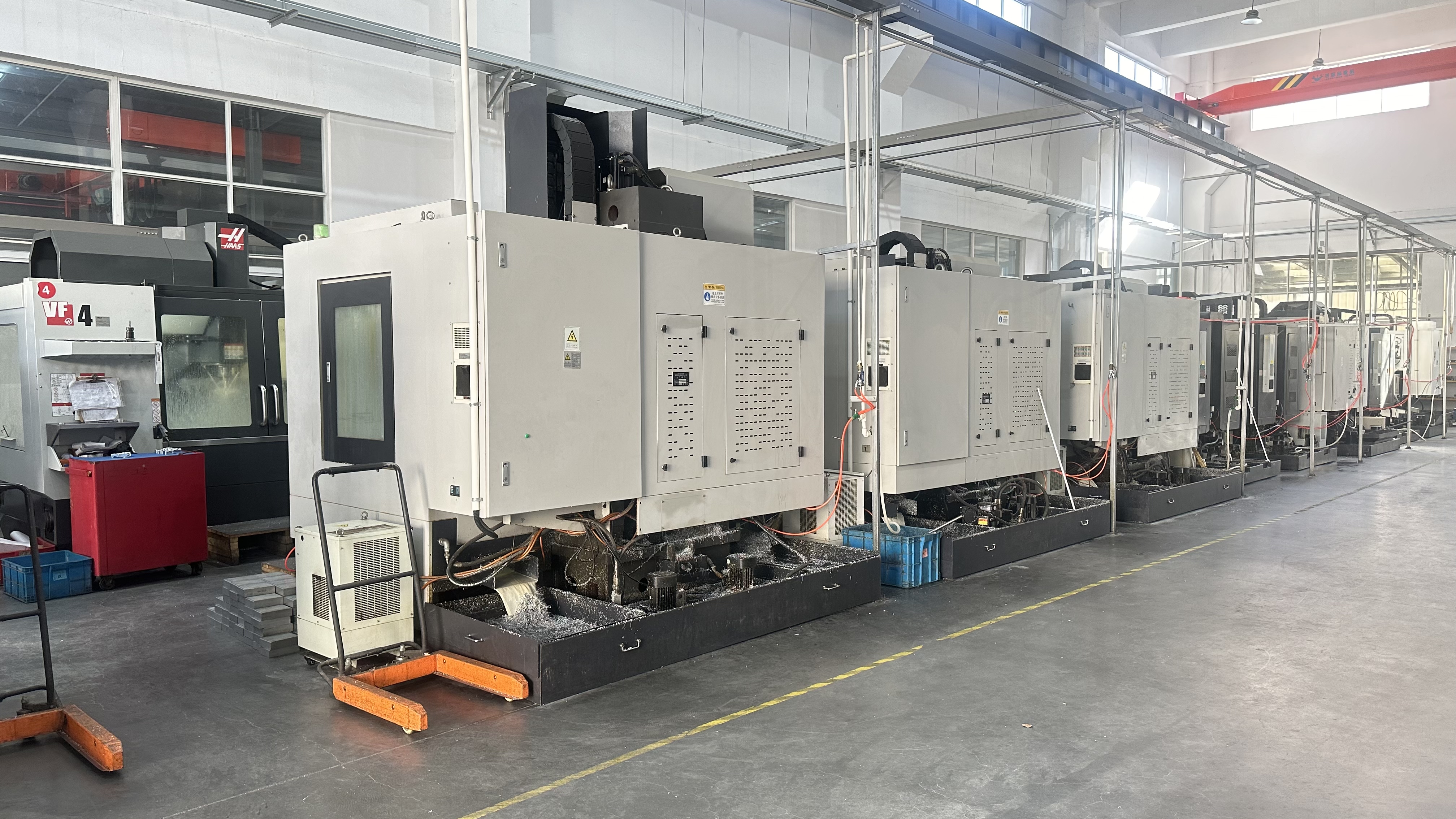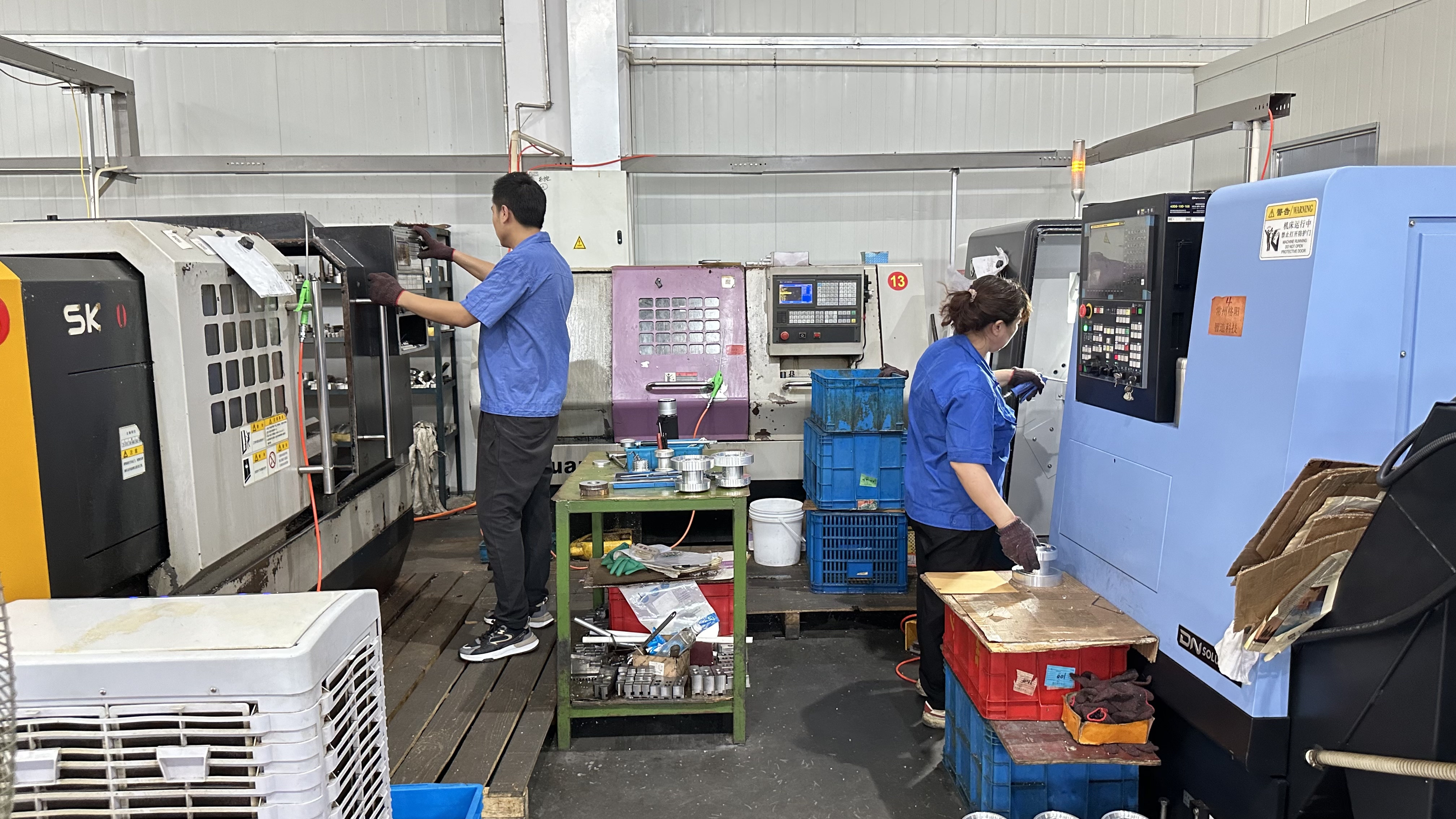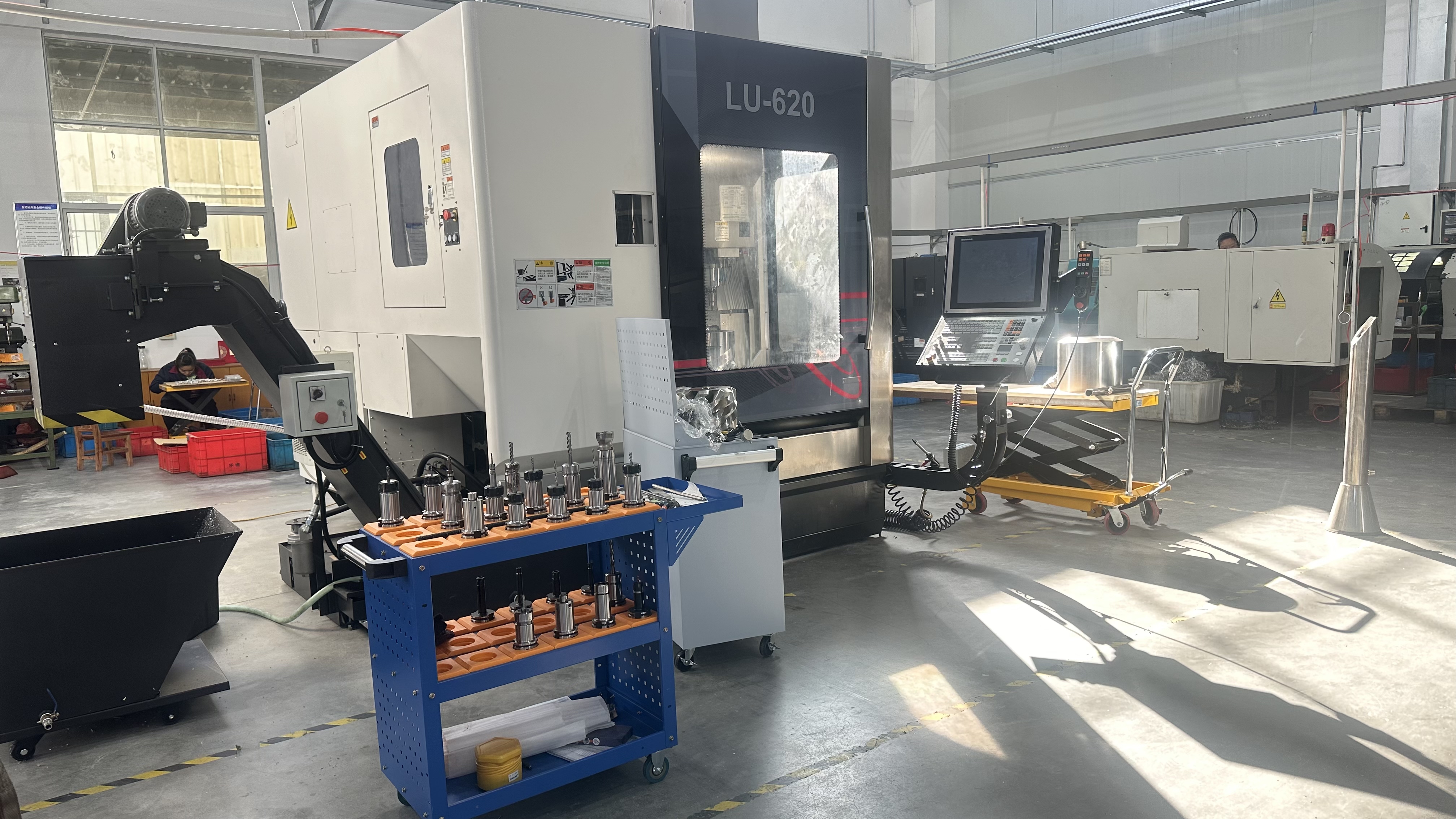M8 Copper Nut for Go Kart Brake Pedal: Secure and Reliable Fastening
The M8 Copper Nut is a high-performance fastener ideal for securing go-kart brake pedals, ensuring reliable and vibration-resistant attachment in demanding racing and recreational environments. Crafted from copper-plated steel, this nut is designed for applications requiring heat resistance and secure locking, such as brake pedal assemblies connected to chassis or brake systems. Compatible with M8 bolts (1.25mm coarse thread), it aligns with your interest in go-kart control components like brake pedals, pedal sets, and two-bolt cable clamps (March 18, April 11-17, 2025), and complements Luckyway Metal’s durable, precision-engineered parts praised for reliability (March 23, April 14, 2025). Whether you’re assembling a competitive kart with a Rotax Max engine or upgrading a recreational Trailmaster, this M8 copper nut offers robust fastening, corrosion resistance, and ease of use for optimal brake pedal performance.
What Is an M8 Copper Nut?
An M8 Copper Nut is a metric hexagonal lock nut with an 8mm diameter and 1.25mm coarse thread pitch, typically made from steel with a copper plating for enhanced heat and corrosion resistance. Often designed as a self-locking or flange nut, it resists loosening under vibration, making it ideal for securing brake pedals to chassis tubing or brake linkages, as seen in automotive and karting applications (e.g., exhaust manifolds or control systems). Its specifications, such as a 12mm or 13mm wrench size and 7.8-8.6mm height, ensure compatibility with standard M8 bolts, per sources like Bel-Metric and Wurth USA.
Why Use an M8 Copper Nut for Go Kart Brake Pedals?
The M8 copper nut provides secure fastening for brake pedals, critical for maintaining precise braking control under high-vibration conditions, a priority in your inquiries about pedal sets and foot pedal extensions (April 16-17, 2025). Its copper plating reduces corrosion in wet or dusty environments, while the locking mechanism (e.g., conical or pinch design) prevents loosening, ensuring safety during intense racing or off-road use. Compared to standard steel nuts, the copper-plated version offers better heat dissipation, ideal for brake systems near engines like Predator 212cc or IAME X30, and aligns with Luckyway’s focus on durable fasteners like their two-bolt cable clamps (April 13, 2025).
Designed for Durability and Compatibility
Luckyway Metal’s M8 Copper Nut is engineered for M8-1.25 coarse threads, fitting 1/2” to 1” chassis tubing mounts on brake pedals for brands like Tony Kart, OTK, CRG, and Yerf-Dog. Available as a hex lock nut or flange nut with a 12mm or 13mm hex size, it supports karts with #219 (7.95mm) or #428 (12.7mm) chains, 5” or 6” wheels, and engines from 150cc to 300cc. Its copper-plated steel construction ensures compatibility with high-vibration environments, reflecting Luckyway’s expertise in reliable components like wheel hubs and alloy rims (April 14, 2025).
Key Features of the M8 Copper Nut
The M8 Copper Nut, crafted by Luckyway Metal, combines robust materials, secure locking, and practical design, making it a top choice for go-kart brake pedal fastening. Here’s what makes it exceptional.
Copper-Plated Steel for Heat and Corrosion Resistance
Made from Class 8 or 10 steel (100,000-120,000 PSI tensile strength) with copper plating, the nut weighs ~0.02-0.03 lbs (e.g., 8.6mm height at 0.025 lbs). The copper finish provides 800-1,200 hours of corrosion resistance in wet or dusty conditions and withstands temperatures up to 300°C, ideal for brake pedal mounts near engines, as noted in IDParts.com’s exhaust nut specs. This durability mirrors Luckyway’s corrosion-resistant parts like sprocket guards (March 18, 2025).
Self-Locking or Flange Design for Vibration Resistance
Available as a conical lock nut (DIN 980V/ISO 10513) or flange nut (DIN 14440), it features a pinch or serrated design to resist loosening under vibration, critical for brake pedals on karts with Rotax Max or Briggs LO206 engines. The 12mm or 13mm hex size allows easy torquing (15-20 ft-lbs), ensuring a firm hold, as praised in Amazon reviews for exhaust applications and Luckyway’s precision fasteners (March 23, 2025).
Compact and Standardized Dimensions
With an M8-1.25 coarse thread, 7.8-8.6mm height, and 12mm or 13mm hex size, the nut fits standard M8 bolts used in brake pedal assemblies, per Wurth USA’s specs. Flange versions have a 17mm flange diameter for added stability, ideal for securing pedals to chassis tubing, aligning with Luckyway’s versatile components like two-bolt cable clamps (April 13, 2025).
Easy Installation with Standard Tools
The nut installs using a 12mm or 13mm wrench, torqued to 15-20 ft-lbs, ensuring a secure fit for brake pedal mounts on brands like Manco or Azusa. Its self-locking design simplifies maintenance, requiring no additional lock washers, making it user-friendly for pit crews or DIY builders, as seen in Luckyway’s easy-installation parts like pedal sets (April 16, 2025).
Applications of the M8 Copper Nut for Go Kart Brake Pedals
Luckyway Metal’s M8 Copper Nut is versatile and reliable, serving various karting needs, from competitive racing to custom builds, resonating with your interest in components like spindle shafts, pedal extensions, and safety buckles.
Competitive Kart Racing Brake Security
In sprint, oval, or TAG racing, the M8 copper nut secures brake pedals on chassis like Tony Kart or OTK with engines like Rotax Max or IAME X30, ensuring reliable braking in Senior Max or KZ classes. Its vibration-resistant locking withstands high-G corners, meeting Point Karting’s safety standards, complementing your focus on performance parts like wheel hubs (April 14, 2025).
Recreational Kart Brake Reliability
For club racers or casual drivers with Predator 212cc or Honda GX200 engines, the nut fastens brake pedals on Manco or Trailmaster chassis, enhancing stopping confidence on backyard tracks. Its corrosion-resistant copper plating suits occasional use, offering a durable upgrade for family karts, as you’ve explored with Luckyway’s pedal sets (April 16, 2025).
Custom Kart Builds and Retrofits
DIY builders, reflecting your interest in axles, sprockets, and foot pedal extensions (April 11-17, 2025), use the M8 copper nut for bespoke karts with engines like Briggs LO206 or Tillotson. Its universal M8-1.25 thread simplifies brake pedal installation in unique chassis, ensuring secure braking, while copper plating adds durability, streamlining projects like Luckyway’s steering wheels (April 14, 2025).
Off-Road and Junior Kart Stability
In off-road conditions, the nut’s corrosion-resistant properties secure brake pedals on rugged karts like Hammerhead, maintaining performance in muddy trails. For junior karts, it ensures stable pedal mounting for young drivers, meeting safetyrisk.net’s control requirements, aligning with your safety buckle inquiries (April 16, 2025), and supporting safe cadet racing.
Technical Specifications and Usage Guide
To maximize the M8 Copper Nut’s performance for go-kart brake pedals, understanding its specs and installation is key. Here’s a detailed breakdown.
Size and Compatibility
Thread Size: M8-1.25 coarse thread (8mm diameter, 1.25mm pitch).
Hex Size: 12mm or 13mm (wrench size).
Height: 7.8-8.6mm (e.g., flange nut at 8.6mm).
Flange Diameter (if applicable): 17mm.
Compatibility: Fits M8 bolts for brake pedal mounts on chassis like OTK, CRG, Yerf-Dog, with #219 or #428 chains, 5”/6” wheels, and engines from 150cc-300cc (e.g., IAME KA100, Predator Ghost), per Bel-Metric and Wurth USA specs.
Material Strength and Durability
Material: Class 8 or 10 steel with copper plating.
Tensile Strength: 100,000-120,000 PSI.
Durability: Copper plating ensures 800-1,200 hours of corrosion resistance and heat resistance up to 300°C, ideal for brake pedal applications near engines, as per IDParts.com’s standards and Luckyway’s material quality (March 23, 2025).
Step-by-Step Installation Guide
Preparation: Verify M8-1.25 bolt and brake pedal compatibility (e.g., 1/2” tubing mount). Gather nut, M8 bolt, and tools (12mm or 13mm wrench).
Positioning: Align brake pedal with chassis mount, threading the M8 bolt through the pedal and chassis hole. Ensure brake cable or hydraulic line connects freely, per gokartsupply.com’s guides.
Securing: Thread the M8 copper nut onto the bolt, tightening to 15-20 ft-lbs with a 12mm or 13mm wrench in a steady motion. The self-locking feature eliminates the need for lock washers, as noted in Amazon reviews for similar nuts.
Final Check: Test pedal travel for smooth braking and no binding. Engage brakes at idle to confirm response, retightening if the nut shifts or pedal misaligns.
Maintenance Tips
Inspect for corrosion, thread wear, or loosening after races or wet runs, cleaning with a wire brush and mild solvent. Re-torque to 15-20 ft-lbs after 50 hours and replace nut if threads are stripped or copper plating is compromised, typically after 800-1,200 hours depending on conditions. Store dry to prevent oxidation, as advised for Luckyway’s alloy rims (April 14, 2025).




















